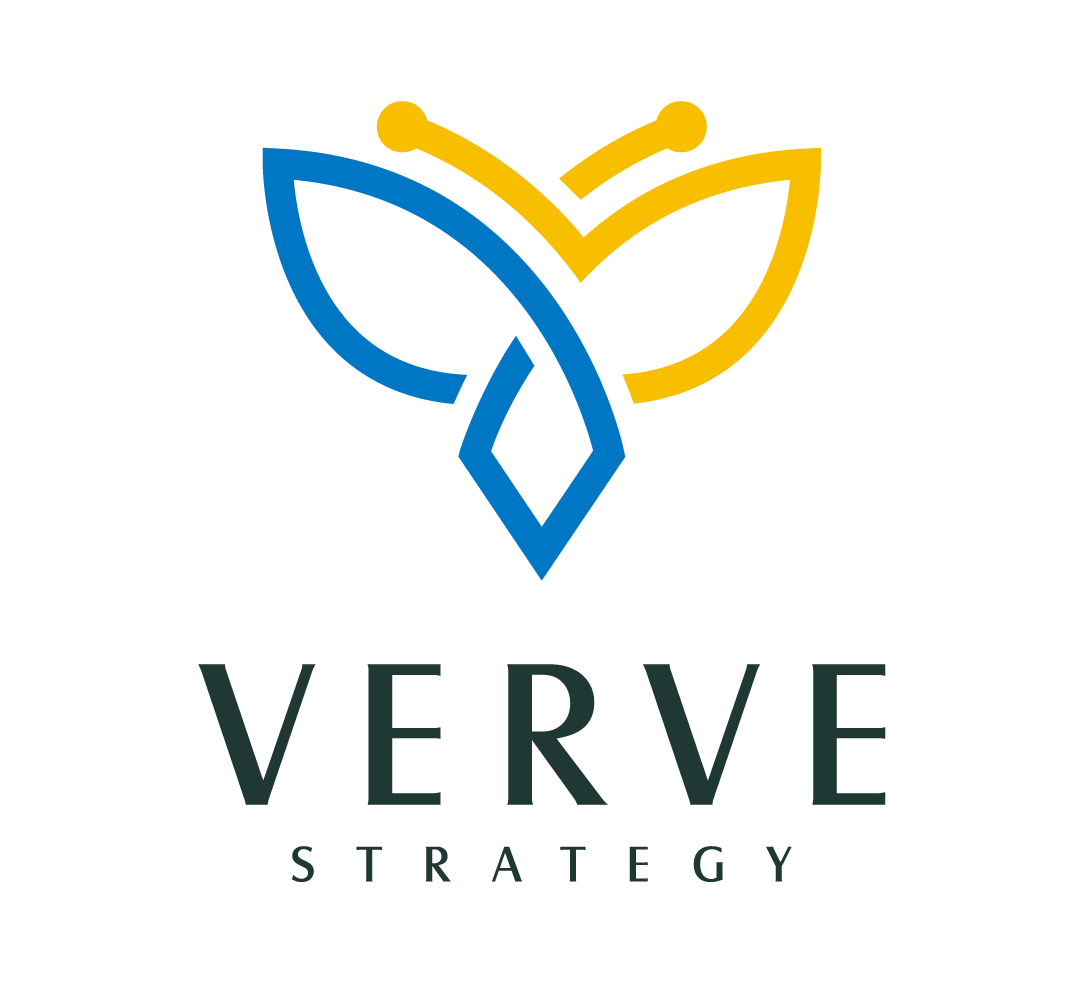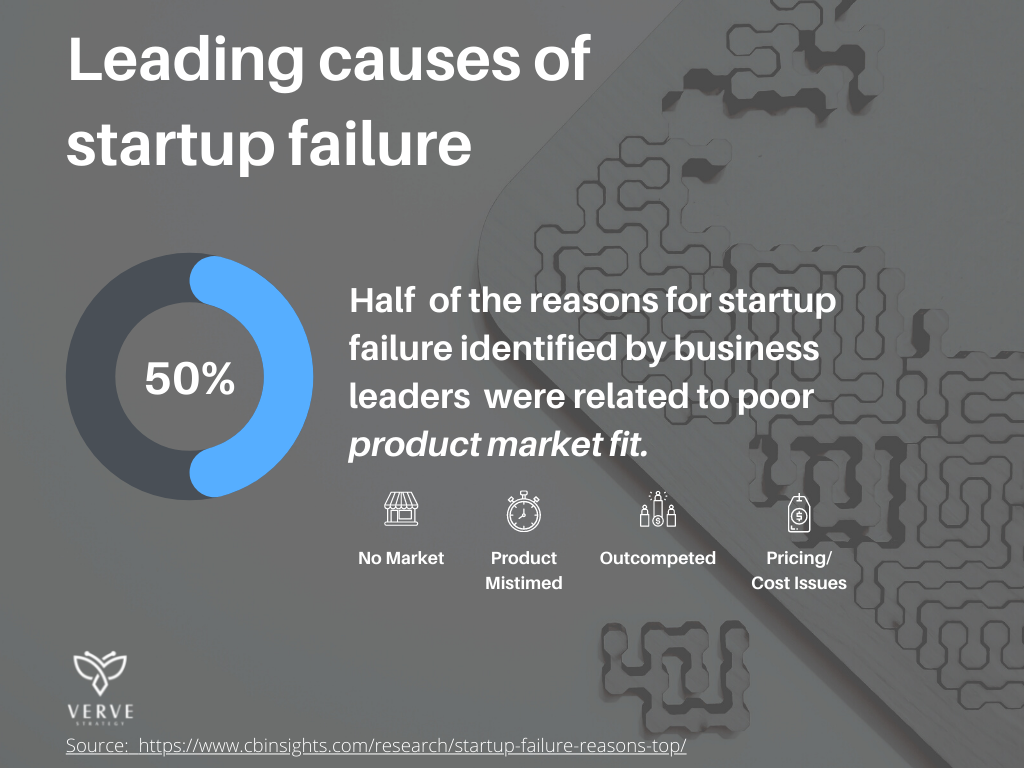HOW ENTREPRENEURS CAN CREATE PRODUCTS THAT SELL THEMSELVES
6 minute read
Lesson from Product Management for Entrepreneurs
Before opening my own business, I was a bona fide business strategy nerd. I read Michael Porter for fun, spent hours watching business documentaries, and took every class I could on strategic planning. I was fascinated with what made businesses fail and what differentiated the ones that succeeded. So, when I landed a role developing and launching new products, I was excited because it put me at the center of decisions that affected the company’s success or failure.
In Product, I came up with ideas about how the organization could execute its mission given the parameters of its vision, distinct advantages, and unique competencies. I took ideas from concept to launch and eventually retirement when the product had run its course.
So, when I decided to start my own business, the transition was not as daunting because of the lessons I learned from Product.
Lack of product-market fit can cause business failure
What I had accepted as common knowledge was documented in a report from CB Insights: Almost half the reasons for business failure were related to lack of product-market fit. Product-market fit is a jargony way of saying that your product or service has reached the point where your target customers are buying, using, and telling others about it in large enough numbers to achieve your growth and profitability goals.
Incorporating tried and true tactics from the product world can directly address these issues.
There are telltale signs of when a product hasn’t attained fit:
No one is buying it.
It solves a problem, but you can’t find a way to monetize it despite trying different business models.
It’s selling, but you can’t price it high enough to support operations or growth.
It doesn’t meet customers’ basic expectations (launched too soon).
Enough headwinds (e.g., competing solutions, changing market conditions) have formed to make the product non-viable in the market (launched too late).
Incorporating tried and true tactics from the product world can directly address these issues.
6 lessons from Product Management to shorten the time to product-market fit
Here are the top 6 lessons entrepreneurs can learn from product management to reduce the chance of failure due to lack of product-market fit.
Start with the problem, not the solution
It’s easy to become enamored with our ideas and spend a lot of time and hard-earned money creating something no one wants. A problem is defined as “a matter or situation regarded as unwelcome or harmful and needing to be dealt with and overcome.”
Starting with the problem means asking yourself the following questions before you start considering a particular product or service:
What’s something that’s not working, unwelcome, or harmful?
What’s the impact? Is someone suffering from the problem? Or losing something valuable to them like their time, money, or health?
How prevalent is the problem? How many people have this problem? How often do they face the problem?
Is it something that can be solved?
If you already have a product or service in mind, you can go back and reframe it using similar questions:
What problem is the product/service addressing?
For whom?
Why is it a problem for them?
What’s the impact of the problem?
How does my product/service address the problem?
History is littered with examples of released products that no one wanted. Don’t let yours be one of them.
2. Test your ideas in the market early and continuously
Once you’ve identified a problem to solve, determine which segments of your market have the biggest need for a solution. Secondary research on Google is an okay place to start. But the best way is to connect directly with your target customers and ask them. There are many ways to connect. They range from casual inquiries with people in your network that fit the profile of your ideal customer to formal approaches like surveys, focus groups, and demonstrations. Other tests like generating capital through crowdfunding or getting pre-sales before release using your prototype can be early indicators you are headed in the right direction.
Don’t miss out on the most powerful way to get feedback on your concept. Test your ideas with potential customers.
3. Learn what questions to ask and when to ask them
Timing is everything. There's a flow to product development. You move from market research to concept development, prototyping to development, then launch. Applying these phases to your new product or service launch can help you ask more powerful questions better suited to where you are in the process.
How does this look in practice? In the early days, you don't know enough about the features or benefits of your product nor about what your customers want. During concept development, it’s much better to ask, “would you buy this” rather than “how much would you pay.” Assessing whether your target customers are willing to pay for the problem to be solved is much more important at this phase. It can help you avoid wasting time and money moving forward with ideas that won’t result in products that sell.
4. Treat your business like a series of experiments
There is no shortcut to long-term success, so you might as well set yourself up to learn from and make the best of your inevitable stumbles. One way to do this is to create a prototype, test it with your target audience and refine it until you get to a version that your ideal client will buy.
Don't get into analysis paralysis. Launch, continually improve, and scale. One of the reasons why businesses fail is poor timing. Prototyping can help you identify when you have enough in place to launch.
Set up small tests with other essential aspects of your business, like your marketing strategy and customer engagement processes. Continually test and experiment to find out what works for your business.
5. Know your market
Surprisingly, many businesses fail on this foundational step. Often, they define their target market too broadly (i.e., serving everyone) and don’t go deep enough to identify a specific customer niche. Get clear on who within your market wants or needs your product or service.
What do you hear when someone says, “find your niche?” If it’s “find a smaller customer base,” you’ve missed the message. You’re looking for a "profitable segment" that is underserved by current offerings. Don't worry; if you still have dreams of world domination, you can always expand your target market and add different segments as you grow. But first, master your niche.
BONUS: Go beyond demographic information like age and gender.
Become familiar with your target's buying habits, including their triggers for needing your product or service. Understand what they like to do for fun and what keeps them up at night. This information will help you develop products and services that better meet their needs and create messaging that resonates. Capture all this information in a persona and update it regularly as you learn more.
Do the same for your top competitors. Identify the top 3-5 in your space. These could be businesses offering services the same or similar to yours. They could also be businesses that offer alternative or substitute services that solve the same problem differently—for example, providing transportation to your destination via train rather than airplane. Create a table to track critical information about your competitors like their target market, price, and how they interact and market to their customer base. Analyzing this data will give you ideas on how you can outdo your competitors and keep your customers attention. However, keep in mind that your strongest competition is often the status quo.
6. Get expert help
There will be lots you know as a business owner, and even more you don’t. Hire professionals to do the things you’re not good at or knowledgeable about. Services like Fiverr and Crowdspring make it easier than ever to hire qualified freelancers.
Check out information from federal agencies like the Small Business Administration and regional economic development authorities. They are committed to helping businesses thrive and have programs and resources, often for FREE, to help you start and grow your business.
Also, don’t be afraid to hire a coach. Often your biggest hurdle to success is that you don’t know what you don’t know. A business coach can help you identify knowledge gaps, keep you accountable, and help you develop the skills and habits needed for success. A study by the Institute of Coaching (IOC) reported that 80% of the people who received coaching increased self-confidence, and 70% benefited from improved work performance. Some of the most successful people in the world get coaching. Both Oprah Winfrey and Serena Williams have received coaching from Tony Robbins. In the business world, the CEO of Target (Brian Cornell) and Best Buy (Hubert Joly) both receive coaching.
Next Steps
A marker of business success is that you have achieved product-market fit. Making these strategies part of your company's DNA will help you avoid problems associated with lack of fit and help you create products and services that your customers will buy.
Want to keep these tips handy? Download a copy of the six steps to creating a product that sells itself infographic. We respect your privacy and won’t spam you!



